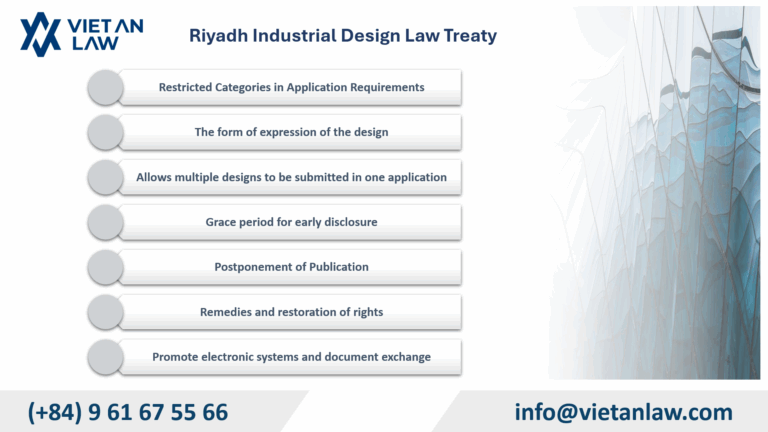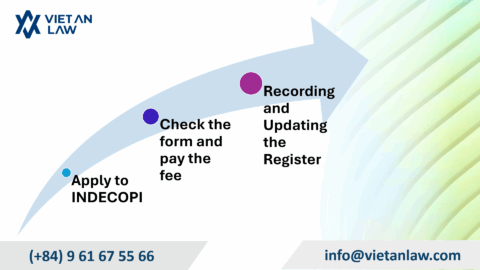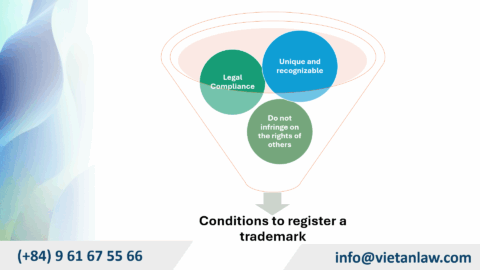The treaty is officially known as the Riyadh Design Law Treaty (RDLT). The treaty was adopted in Riyadh, Saudi Arabia, on November 22, 2024, under the auspices of the World Intellectual Property Organization (WIPO). The adoption took place on the principle of consensus of WIPO member states after nearly two decades of negotiations. 135 delegations signed the Final Treaty of the Diplomatic Conference. The choice of Riyadh as the negotiating venue and the naming of the treaty based on the city of Riyadh demonstrates Saudi Arabia’s involvement and influence in the field of setting international intellectual property standards. Viet An Law would like to provide some preliminary information about this Treaty through the article below.
Table of contents
The main goal of the RDLT is to streamline and simplify industrial design protection procedures globally. The treaty aims to make these procedures less complicated, faster and more cost-effective, especially benefiting individual designers, micro, small and medium enterprises (MSMEs). The RDLT has done cumbersome administrative procedures and eased the administrative burden by establishing uniform rules and a limited list of filing requirements. This harmonization is expected to make it easier for designers to protect their work in both domestic and foreign markets.
The RDLT also has a complementary role to existing intellectual property treaties. WIPO has a history of developing treaties that harmonize the procedural aspects of various intellectual property rights, such as the Patent Law Treaty (PLT) for inventions and the Singapore Treaty on Trademark Law for Trademarks. The focus of the RDLT is clearly to simplify and harmonize the procedure for national and regional design applications. In contrast, the Hague System provides an international registration mechanism for designs. The RDLT does not replace or conflict with the Hague System; rather, it aims to make basic national or regional systems more consistent.

The RDLT has established a maximum (limit) list of indications or elements that the intellectual property authority of a Contracting Party may require in respect of an industrial design application. This is to create a framework for designers to know exactly what can be required when applying. The main categories include:
The applicant has the right to choose how to express his or her design in the form of drawings, photographs, or if accepted by the intellectual property office as files, videos, or a combination thereof). Rule 3(2) allows the use of dashes/dots to represent parts of the product that do not fall within the scope of the design claim (visual disclaimer). There is no requirement for a minimum or maximum number of projections. Surface shading is allowed.
According to (Article 4(4), Article 9), Applicants can combine multiple designs in one application under certain conditions, which reduces the cost of filing and the burden of administrative procedures. Safeguards ensure that the original filing date is maintained if the application needs to be split. Article 9 allows amendment/separation of applications.
According to Article 7, after 12 months from the first disclosure of the design, it will not adversely affect the registrability of the design related to novelty or uniqueness. This allows designers to test the market or promote their products before applying.
Under (Article 10, Rule 6), an applicant may request that their design be kept unpublished for at least six months after the date of filing is recorded. This allows for control over when the product is launched.
Article 14 allows the modification/supplementation of the request for priority enjoyment and restoration of the priority right. Article 15 provides for the restoration of rights if the failure to meet the time limit is due to the taking of necessary or unintended due diligence.
The Treaty promotes the implementation of an electronic filing system for industrial designs and the electronic exchange of preferred documents. Article 11 deals with electronic and communication systems. The RDLT’s emphasis on electronic systems is not only a convenience, but also an important impetus for the modernization of intellectual property offices globally, potentially bridging the gap for developing countries if combined with technical assistance. This is in line with global trends in digitization and is essential for handling the increasing volume of intellectual property applications. For developing countries, the adoption of such systems is an important step towards improving their intellectual property infrastructure.
The RDLT will enter into force three months after 15 eligible parties (i.e. WIPO Member States or certain intergovernmental organizations) have deposited their instruments of ratification or accession to the Director General of WIPO.
The RDLT is open for signature on November 22, 2024 and will remain open for signature for one year. As of March 5, 2025, there are 19 signatories. These parties include Bosnia and Herzegovina, Central African Republic, Congo, Costa Rica, Côte d’Ivoire, Democratic People’s Republic of Korea, Gambia, Ghana, Lebanon, Morocco, Paraguay, Philippines, Republic of Moldova, Sao Tome and Principe, Saudi Arabia, Sudan, Uruguay, Uzbekistan and Zimbabwe.
Contracting Parties will need to adapt their domestic design laws and procedures to the provisions of the RDLT. This includes legislative changes and adjustments to the practices of the intellectual property office. WIPO is expected to provide technical assistance and capacity-building to support implementation, especially for developing and underdeveloped countries.
The RDLT is an important step towards the modernization and harmonization of international design law procedures. Its success will depend on widespread ratification, effective national enforcement. The treaty is expected to make design protection more accessible and effective, especially for small and medium-sized enterprises, thereby promoting global innovation and creativity. The Riyadh Industrial Design Law Treaty is not merely a legal instrument but also a strategic instrument, playing a key role in creating a more efficient, equitable and accessible global industrial design protection ecosystem. This treaty brings practical and far-reaching benefits to both the applicant and the international community at large, contributing to sustainable economic and cultural development worldwide.




